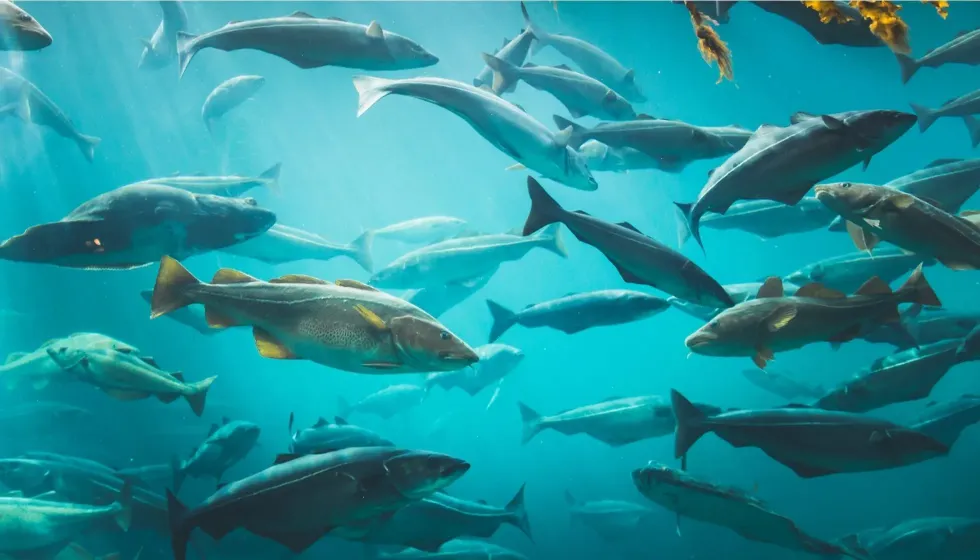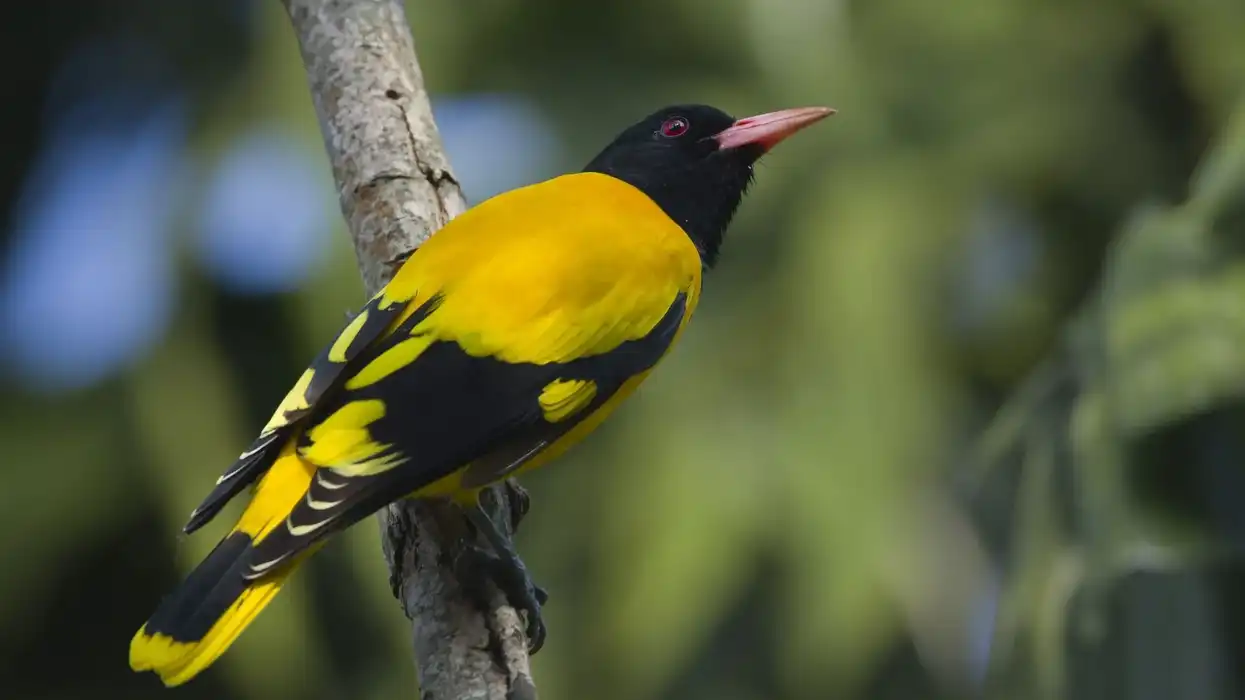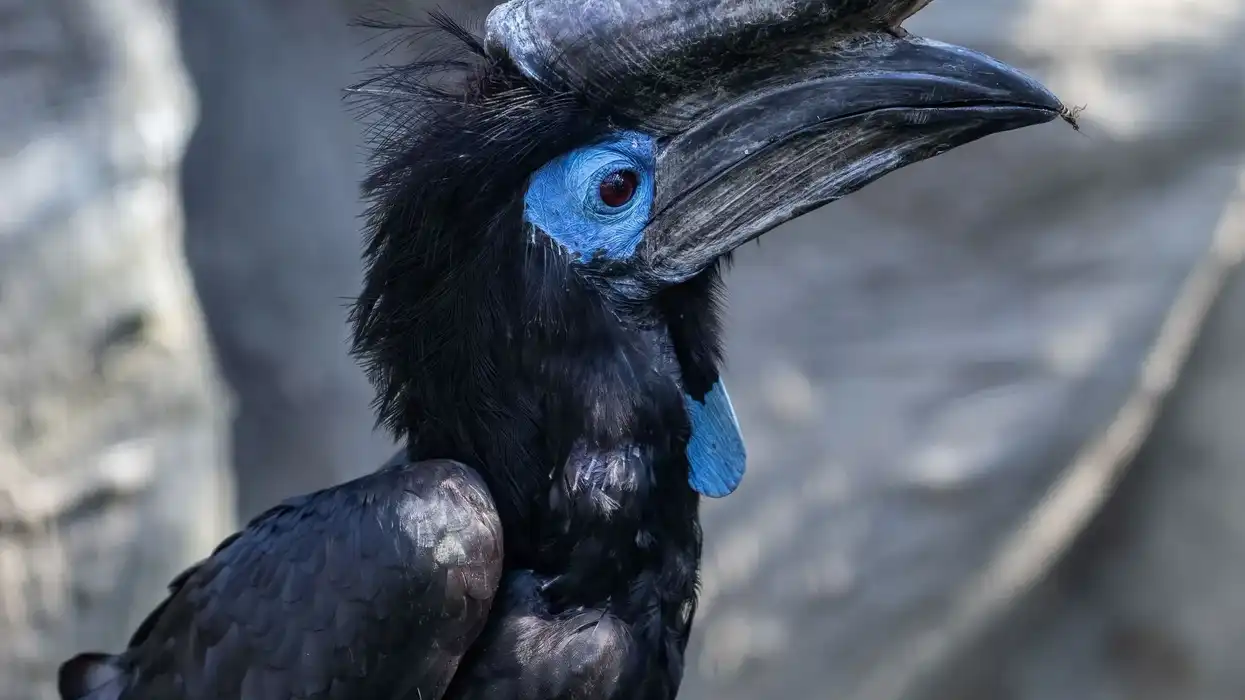Sablefish black cod is one of the only two members of the Anoplopomatidae family. Sablefish is the trade name of the black cod. Some people even call it Alaskan sablefish.
Black cod is a deep-sea fish of the cod family. Their fishing is carried out on the west coast of the Pacific. According to the Pacific Marine Fisheries Commission, the fishing of this sablefish species is being conducted since the middle of the 19th century.
This species are preferred seafood due to their high oil content and high-fat content. They also have an amazing buttery texture, that is where they get their nickname butterfish. Their flavor is quite exquisite, making the sablefish an integral part of sushi recipes.
While at present the existence of this species is not under any immediate threat, overfishing of black cod has been going on for over 30 years in Alaska and Canada fisheries. Here are some of the most interesting black cod facts to help you know more about this dark-colored fish species.
Afterwards, do check out our other articles on Atlantic cod facts and barramundi facts.
Black Cod Interesting Facts
What type of animal is a black cod?
A black cod is a fish that has a huge lifespan of around 90 years. Its population is stable and is not even close to extinction. This fish species can be found only in very deep and cold waters.
What class of animal does a black cod belong to?
A sablefish (black cod) belongs to the fish Actinopterygii class. Actinopterygii class consists of bony fishes.
How many black cod are there in the world?
Biologists do not have an estimate of the number of sablefish (black cod) species in the world.
Where does a black cod live?
A black cod habitat is in the depths of the ocean among its groups as they don’t usually live alone due to a higher risk of being eaten by big predators.
What is a black cod's habitat?
Black cod is found at the bottom of the ocean floors. They are seen at depths of 492-4922 ft (149.9-1500 m) in water. Younger black cod are seen nearer to the coast in shallow waters. They are mostly found from Central California to Japan.
Who do black cod live with?
Black cod live in shoals. They also live amongst other sea animals. When black cod are in a shoal, other big predators can still attack and eat them.
How long does a black cod live?
A black cod's life cycle can extend up to almost 94 years. This sablefish is known for its impressive and long lifespan.
How do they reproduce?
Females of black cod lay eggs in winter or spring. They lay eggs in deep seawater, where they mature and come to the surface in the form of larvae. A female black cod can lay 110 eggs per gram body weight.
They lay eggs annually after reaching sexual maturity at the age of 5-7 years. Newborn fishes move towards shallower waters and stay there until the age of 2-3 years. After that, they settle into the habitat of adult black cod.
What is their conservation status?
The conservation status of black cod is Least Concern. Black cod can be seen in large numbers among the other fishes. Hence, there are no concerns at present regarding the black cod endangered status.
Black Cod Fun Facts
What do black cod look like?
Alaskan black cod is dark grey in color. It has two dorsal fins. The lateral line on black cod is very faint. Unlike Pacific cod, black cod has no chin barbel. They have a scaly texture on the outside.
How cute are they?
Black cod is not cute. They are scaly fishes that are slippery to touch. Black cod may look fun to watch from a distance, swimming around.
How do they communicate?
Black cod makes special sounds. Researchers call these sound rasps. Sablefish uses frequency modulation to communicate with each other. They send out signals in the frequency range of 344-34,000 Hz (0.344-34 kHz).
How big is a black cod?
Black cod size ranges between 24-28 in (60.96-71.12 cm). Fishermen in Alaska have often caught sablefish that are bigger than this average size range as well.
How fast can a black cod swim?
Black cod swims as fast as 8.3-21.3 in/s (21.0-54.1 cm/s). Black cod has an average pace of swimming, just like other normal fishes in the sea.
How much does a black cod weigh?
Black cod weigh up to 8.5-8.8 lb (3.85-3.99 kg). It is generally heavier than most other fishes that are medium-sized.
What are their male and female names of the species?
There are no separate names for males and females of the black cod species. They are known as male black cod and female black cod respectively.
What would you call a baby black cod?
A baby black cod is called a larva. After a few days, the baby black cod would be known as a juvenile black cod.
What do they eat?
The black cod's diet comprises primary sea animals. Their prey includes squids, jellyfishes, fishes like Alaska pollock, eulachon, capelin.
The widely known black cod predators are sperm whales, adult Chinook, and coho salmon.
Are they dangerous?
Black cod is not dangerous to humans. But this seafood should not be eaten excessively as it can cause mercury poisoning.
Would they make a good pet?
Black cod has a very cold habitat. It will not be possible to maintain that temperature at home. Also, they grow to be very lengthy. Hence, the black cod would not make a good pet.
Did you know...
Black cod in miso sauce is an amazing sablefish, butterfish recipe.
Sablefish is commercially important to Japan and California. Japanese import sablefish in large quantities from California.
A fishery from Southern California to Alaska catches volumes of sablefish.
Experimental sablefish fishing was done by the Bureau of Commercial Fisheries.
Alaskan sablefish, butterfish is called the gem of Alaska.
Do people eat black cod?
People eat black cod as seafood. They are one of the seafood delicacies in cooking. The meat of black cod has high-fat content, long-chain omega 3 fatty acids, DHA and EPA. These attributes make them healthy and delicious human food.
Black cod is eaten by grilling, like sushi, frying, and even by smoking. They are most often served with miso sauce. They have a rich buttery flavor (butterfish) and a soft, velvety, silky texture after cooking due to high oil content. Many Japanese sushi recipes use sablefish black cod.
Black cod vs cod
Black cod and cod (or as people say Pacific cod) are two members of the cod family. Both species are hunted widely by humans for their meat. Both black cod and Pacific cod's meat taste amazing.
Both these fishes are found in deep, cold waters, but their territories are separate. Black cod inhibits the North-Eastern Pacific Ocean while Pacific cod inhabits the Eastern Pacific Ocean.
As opposed to the long lifespan of black cod, Pacific cod lives only for up to 12 years. Black cod has a rich buttery flavor and silky texture, while the Pacific cod has a flaky texture. The lateral line is darker on Pacific cod than sablefish.
Here at Kidadl, we have carefully created lots of interesting family-friendly animal facts for everyone to discover! For more relatable content, check out these wolffish facts, and loach facts.
You can even occupy yourself at home by drawing one on our Black Cod coloring pages.
* Please note that this is an image of cod, not of black cod. If you have an image of a black cod, please let us know at hello@kidadl.com.










